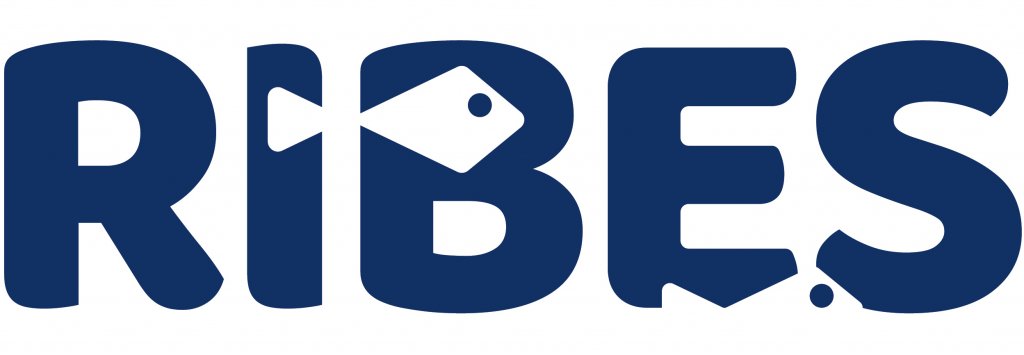Quantification of fish response to multimodal signals
Supervisors: Prof Paul Kemp and Prof Paul White
Research Group: International Centre for Ecohydraulics Research (ICER)

Since my undergraduate studies at the University of California, Santa Cruz, I have been interested in understanding how man-made impacts affect species fitness at different levels and how we can minimize these effects. Later, while looking at how differences in individual personality in the invasive round goby affect various aspects of life history during my MSc at Lund University, I became fascinated with the fields of behavioral ecology and animal personality. Now, I’m excited to combine these interests to understand how anthropogenic effects alter individual-level behavior and physiology and to apply these questions towards issues of conservation and wildlife management.
Project Funders: RIBES
This project has received funding from the European Union Horizon 2020 Research and Innovation Programme under the Marie Sklodowska-Curie Actions, Grant Agreement No. 860800.

RIBES (River flow regulation, fish BEhaviour and Status) European Training Network (ETN) will train 15 Early Stage Researchers (ESRs) in the interdisciplinary field of Ecohydraulics to find innovative solutions for freshwater fish protection and river continuity restoration in anthropogenically altered rivers.
Project details:
Fish have significant economic, ecological and cultural value. Freshwater ecosystems are the most degraded of all environments, and as a consequence, freshwater fish are one of the most threatened groups of vertebrates on the planet. Human activity, such as river engineering for irrigation, electricity generation, and navigation, is a fundamental causal factor for the decline in many freshwater fish populations. However, we do not fully understand the mechanisms that explain how habitat modification, such as a disrupted hydrodynamic and acoustic environments, operate in isolation or in combination to negatively impact fish at the level of behaviour and physiology. This project will focus on adopting a reductionist approach to quantify how hydrodynamics and acoustics, in isolation and in combination, influence fish behaviour through acting on different sensory modalities. Information obtained will not only enable conservation efforts to be advanced, but may also provide the stimuli needed to develop environmental impact mitigation technology (such as behavioural deterrents).

